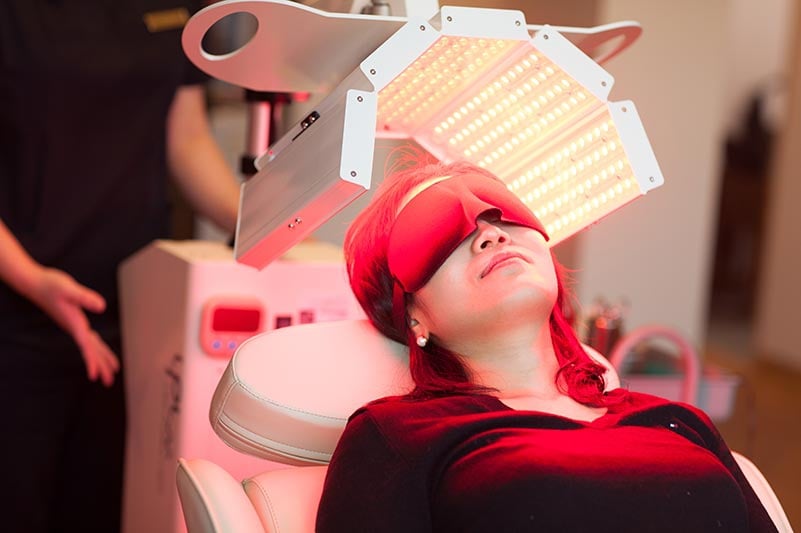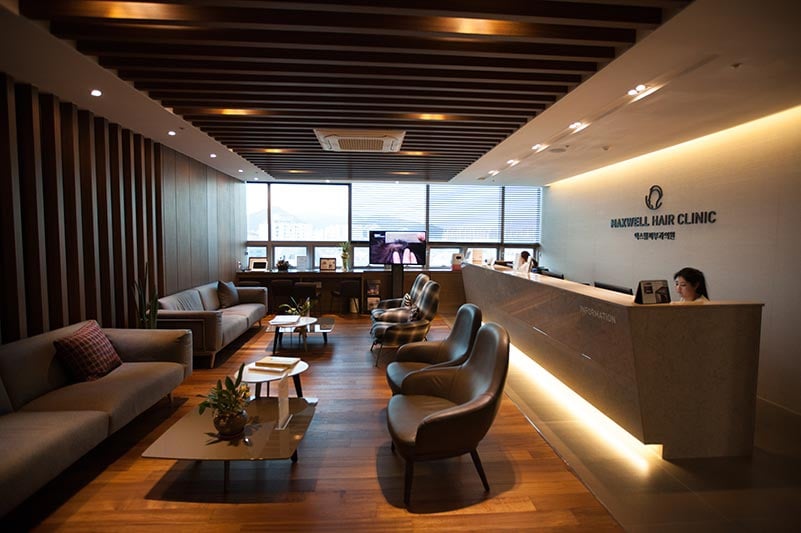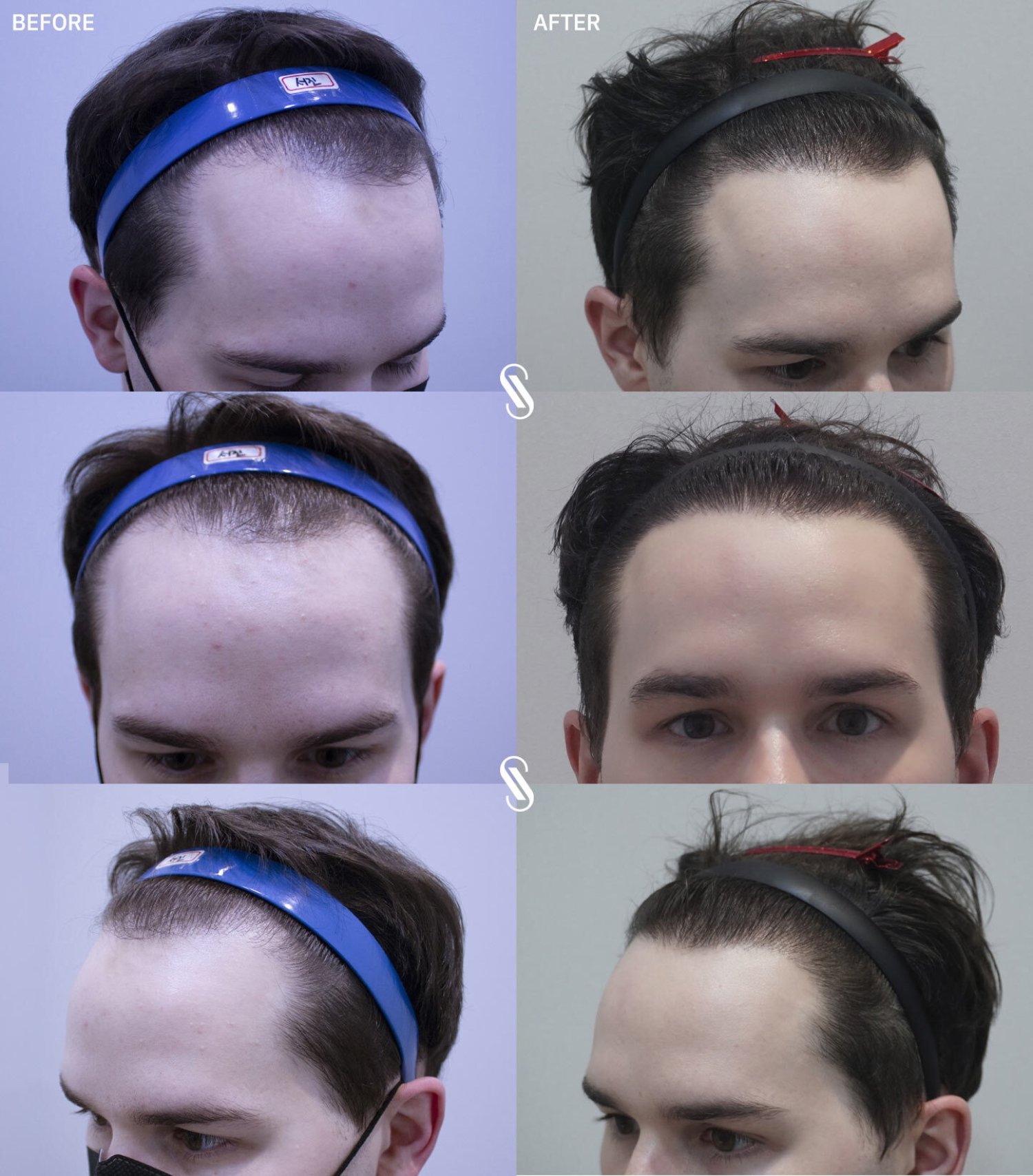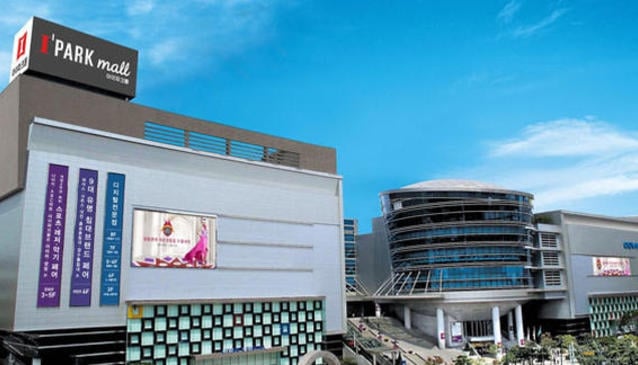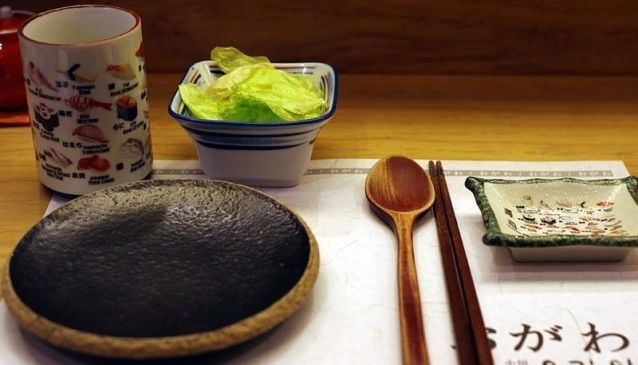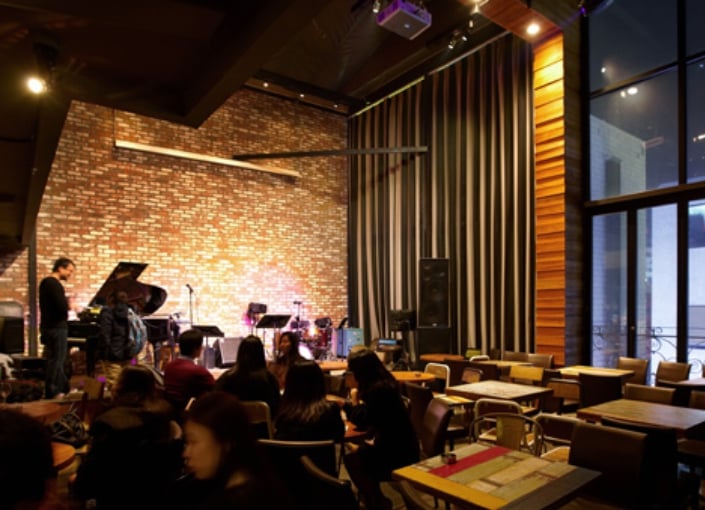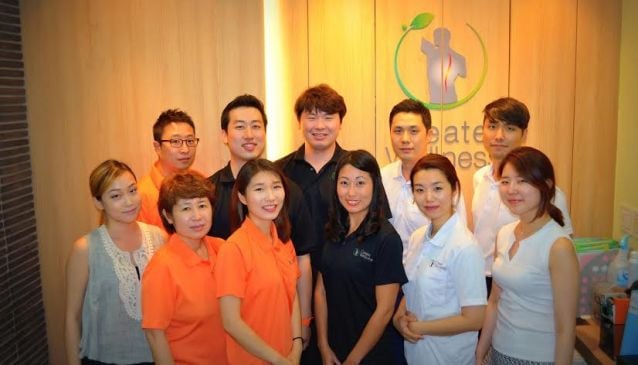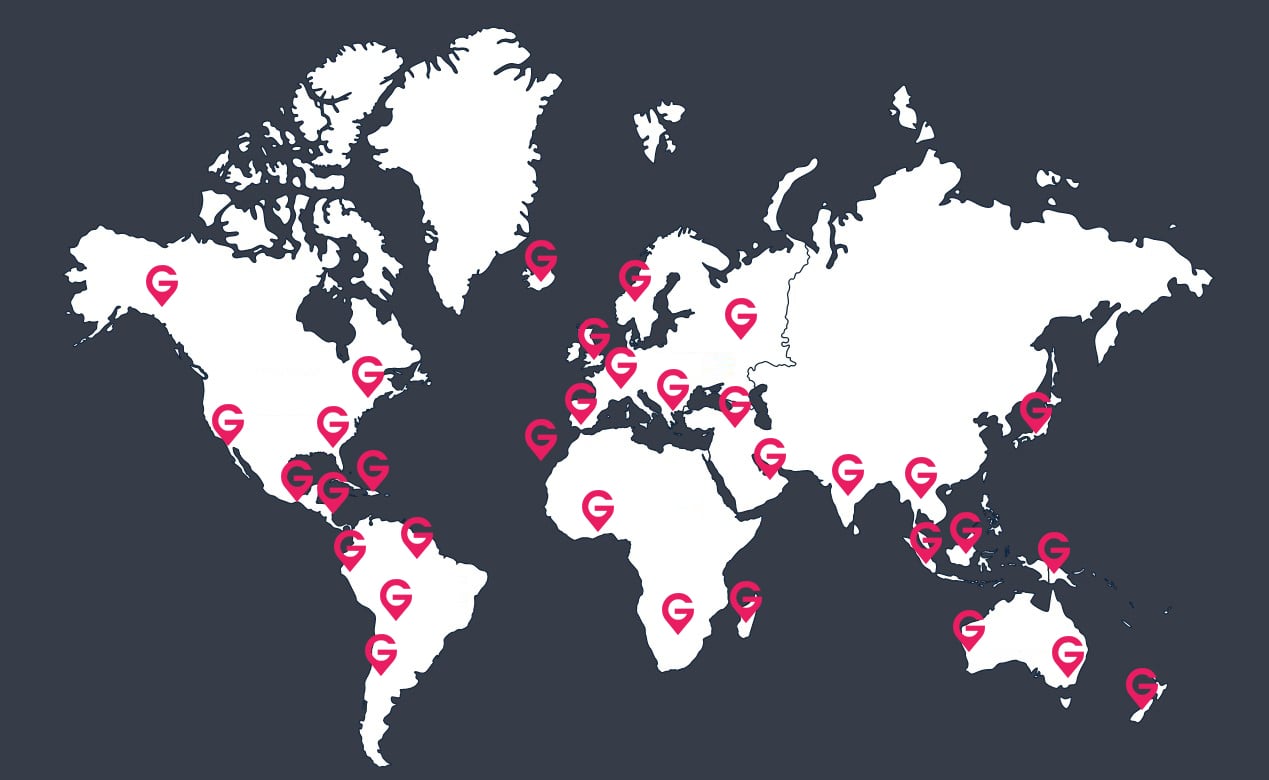Hair Transplants in Korea: Expert Clinics, Advanced Techniques, and Full Cost Breakdown
Seoul
Everything You Need to Know About Getting a Hair Transplant in Korea
The global impact of the Korean wave, or "Hallyu," has extended far beyond entertainment, influencing many sectors, including Korea's medical field. This surge in global attention has propelled the country to become a leader in medical tourism, especially in procedures like hair transplants. Renowned clinics, such as Maxwell Hair Clinic and Seojin Clinic, offer cutting-edge treatments and high-quality services. Over the last two decades, Korea’s medical industry has seen rapid growth, with hair transplants standing out as a prime example of this excellence.A hair transplant is one of the most reliable and effective solutions for reversing permanent hair loss. The procedure involves extracting healthy hair follicles from the donor area, typically located at the back of the head where hair is more resistant to thinning, and implanting them into the recipient area, where hair loss is most apparent. This technique ensures that the transplanted hair grows naturally, blending seamlessly with the patient’s existing hair and providing long-lasting results.
Hair transplantation has seen remarkable advancements over the past few decades, with today’s techniques offering natural-looking results and minimal scarring in the donor area. Many of these breakthroughs have been pioneered in South Korea, where doctors perform tens of thousands of hair transplants annually. Due to the strong emphasis on aesthetics in Korean culture, South Korean doctors are renowned for achieving some of the most visually pleasing outcomes in the world. Coupled with affordable pricing, South Korea has become a top destination for both men and women seeking hair transplants from around the globe.
Content
What Is A Hair Transplant?
Let’s talk about what a hair transplant is and the techniques used. Transplants can be divided into two categories, based on the extraction method: Follicular Unit Extraction (FUE) and Follicular Unit Transplant (FUT). FUE is known as the "point method" where each hair follicle is individually removed from the donor region and FUT is known as the "strip method" where a strip of scalp is removed and individual hairs are removed from the strip. Both techniques now offer excellent results when performed by experienced surgeons.
The main difference between the two methods is the scarring. FUT leaves a slight linear scar across the donor region. This can be visible if the patient prefers shorter hair. Because follicles are extracted individually during FUE, doctors are able to spread out the extraction and as a result, spread out the scarring.
Additionally, the scar from each follicle extraction with FUE is relatively small and difficult to see. Patients with sufficient donor hair and a preference for short hairstyles often choose the FUE method due to its minimal scarring. The extraction process typically lasts three to four hours, depending on the number of follicles harvested.
After the extraction process is complete, the follicles are then implanted into the recipient region, one at a time. The implantation process is the same regardless of how the follicles are extracted. While follicles are extracted, nurses take each follicle and load them into insertion devices, similar to syringes. Each syringe is labeled with the number of hairs per follicle. During the implantation, the doctor places each follicle in the recipient area based on the hairline design. Single-hair follicles are positioned at the front for a natural look, while three-hair follicles go toward the back for density. The process usually takes two to three hours, depending on the number of follicles.
Choosing the right clinic is crucial to ensuring a successful hair transplant procedure, as proper expertise and care are essential for achieving the best results. If you're interested in learning more about potential risks, we also have an article specifically explaining "Hair Transplant Gone Wrong."
Best Hair Transplant Clinics in Korea
To ensure a successful hair transplant, here are some key steps to follow when choosing a clinic and surgeon:
- Research the clinic and surgeon: Look for a reputable clinic with positive reviews, testimonials, and a history of successful procedures.
- Check for before-and-after photos: Review the clinic’s portfolio to assess the quality of their results.
- Verify certifications and affiliations: Ensure the clinic is certified or affiliated with recognized medical organizations for added trust.
- Schedule a consultation: Meet with the surgeon to discuss your goals, expectations, and the details of the procedure to ensure you're comfortable with the plan.
It’s also important to remember that, just like in other countries, not all clinics may offer the same level of expertise or technology. Be sure to thoroughly research each option, and stay mindful when selecting a clinic. Taking the time to verify the quality of the clinic and its technology will help ensure a successful procedure.
1. Maxwell Hair Clinic
Maxwell Hair Clinic is one of Korea’s most widely known and well respected clinics, founded by world-renowned hair restoration innovator surgeon Doctor Noh Yoon-Woo in 2007.On average, three hair transplants are performed daily at Maxwell Hair Clinic, attracting patients from all over the world. People travel to Korea specifically to undergo hair transplants at Maxwell, renowned for its expertise and innovative techniques in hair restoration.
Maxwell Hair Clinic’s surgeons have decades of experience treating patients of various ethnicities and scalp types, and are renowned for minimizing hair transplant scars. The clinic offers comprehensive international services with a bilingual team that communicates fluently in English, ensuring a smooth experience for patients from around the world.
Find more info about Maxwell Hair Clinic on their official website.
2. Seojin Clinic
Undergoing a hair transplant at Seojin Plastic Surgery is a journey toward achieving natural, fuller hair, guided by an exceptional team of professionals. Seojin understands that the success of a hair transplant depends not only on the number of hairs transplanted but also on the crucial factors of hair survival and engraftment rates. The clinic stands out with its meticulous approach, spanning from precise harvesting to careful transplantation and diligent post-surgical management.
Seojin's philosophy centers on customization, ensuring that each transplant is tailored to the individual’s facial shape, contours, and angles, resulting in a natural look from every perspective. Additionally, the clinic’s innovative practices, such as using a low-temperature follicle separation room, significantly improve the engraftment rate of transplanted hair. This commitment to research and excellence positions Seojin as a leading choice for hair restoration.
Click here for more info about Seojin Clinic on their official website.
Hair Transplant in Korea
The quality of hair transplants in Korea is regarded as exceptionally high, thanks to the expertise and experience of its surgeons, as well as the use of advanced technology and techniques. Many Korean clinics are equipped with state-of-the-art tools that enhance the precision, efficiency, and overall outcomes of the procedures.
Below, we outline the specific methods used for hair transplants:
1. FUE (Follicular Unit Extraction)
FUE, the "point method", involves extracting each follicle from the donor region, one follicle at a time. A special tool is used to surround the follicle and then punch into the scalp to extract it. Each follicle is removed, one at a time, and placed into a chemical solution until the entire extraction process is complete. After the extraction is finished, the doctor carefully implants each follicle in the right location and direction of the desired hairline. As previously mentioned, FUE allows for less visible scarring and patients who undergo FUE are able to wear their hair shorter than if they were to choose FUT.
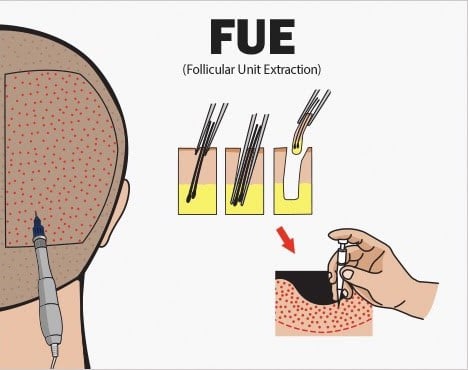
2. FUT(Follicular Unit Transplant)
FUT, the "strip method", involves cutting out a strip of scalp from the donor region. After the strip is removed, the doctor will suture the donor region. A skilled doctor will suture together both the dermal and subdermal layers. The suturing of both layers of skin reduces the likelihood of larger linear scarring. With the extracted strip, medical staff will individually cut out each follicle and load them into implantation syringes. Due to the greater ease of cutting full follicles from the strip, versus the individual punches with FUE, the FUT method tends to allow for greater follicle survival.
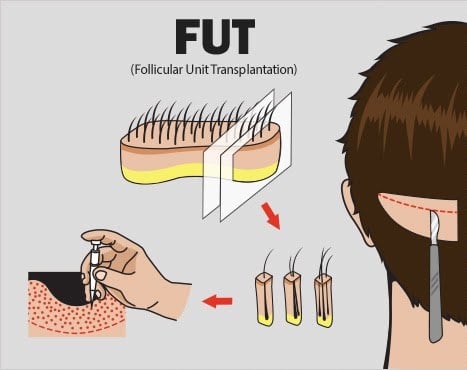
Benefits of Hair Transplant in South Korea
South Korea has one of the most advanced medical systems in the world. In Korea, hair transplant is considered a highly specialized field and many clinics and hospitals have highly trained surgeons and use advanced technology to ensure precision and natural looking results.
1. Hair Transplant Cost
The cost of a hair transplant in Korea can vary based on the clinic, the method used, and the number of hair grafts needed, but it is generally more affordable than in many other countries. For instance, while a hair transplant in the United States might cost around $30,000, a similar procedure in South Korea could be priced at approximately $9,000. This makes Korea an attractive option for patients seeking high-quality, advanced hair restoration at a more competitive price.
2. High-Quality Results
Korea is renowned for delivering high-quality medical services, with clinics offering exceptional patient care. Patients benefit from comprehensive consultations before the procedure to ensure their goals and expectations are met.
- While countries like Turkey or Thailand are known for offering cheaper hair transplants, lower prices can sometimes mean using less experienced surgeons, outdated technology, or lower-quality materials, which may compromise results.
- Additionally, post-operative care and follow-up services are a key factor in patient satisfaction. Clinics with lower standards may not provide the same level of hygiene or care, potentially leading to complications like unnatural results or uneven donor area extraction.
Before And After Pictures of Hair Transplant in Korea
Here are some before and after pictures of hair transplant in Korea
1. Hair Transplants For Women
Hair transplants for women are becoming increasingly popular in Korea, and many clinics and hospitals now offer the procedure for female patients.
Women have different hair loss patterns than men, therefore hair transplant for women may require a more customized approach. The surgeons take into account the patient’s unique hair characteristics, such as hair density and hair caliber, in order to create a natural-looking result. The experience level of the surgeons is a critical factor in ensuring a successful hair transplant.
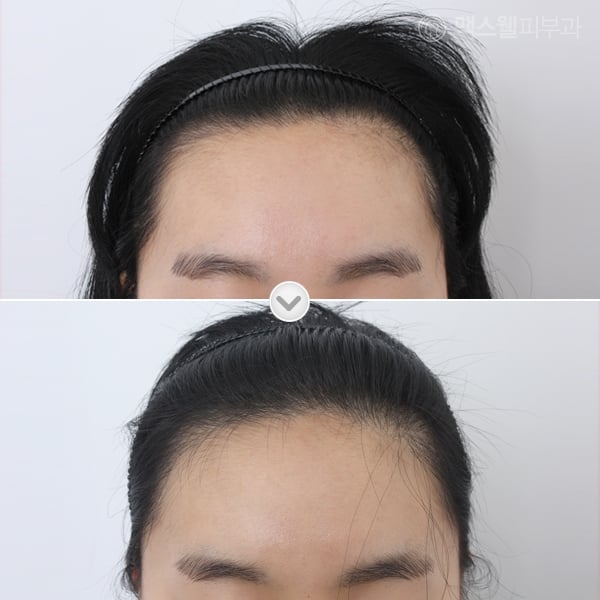
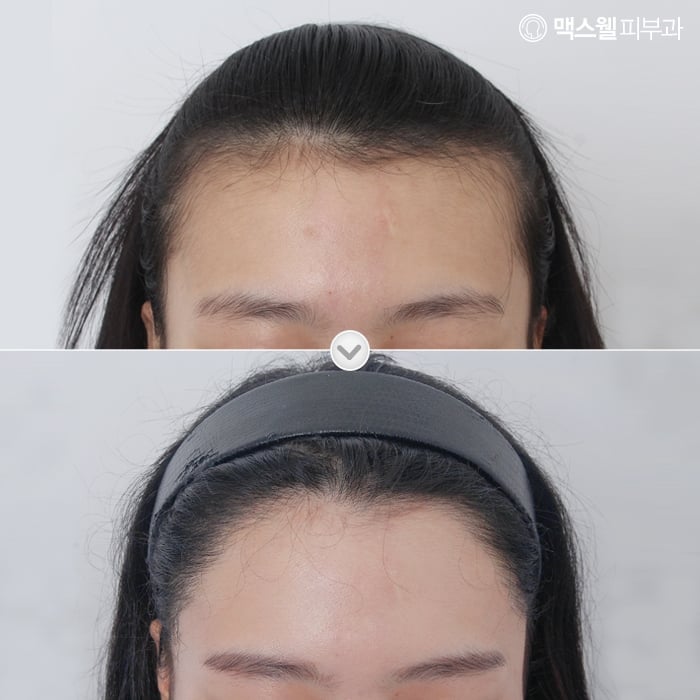
2. Hair Transplant for Men
Male pattern baldness (Androgenetic alopecia) is a very common condition in Korea, just as it is in many other countries worldwide. It’s easy to spot people experiencing typical signs of male pattern baldness when walking around or using public transportation in Korea. As a result, hair transplants for men have become an incredibly popular procedure in the country, with many men seeking solutions to restore their hair and confidence.
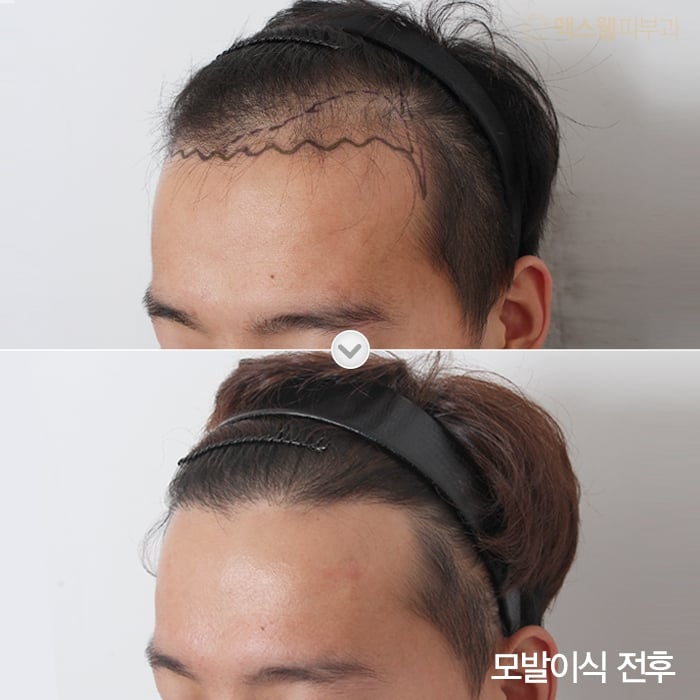
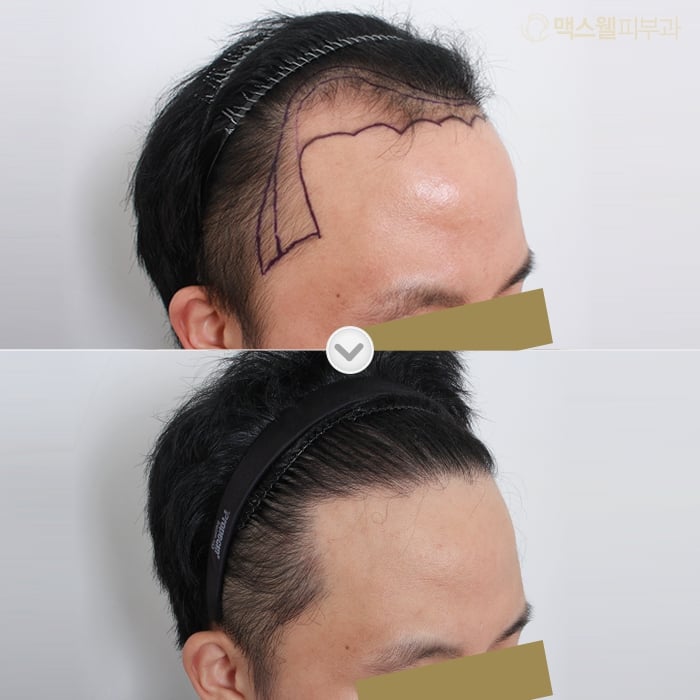
Hair Transplant Trip to South Korea
South Korea is an excellent destination for hair transplant medical tourism, offering a wide range of medical services and a high standard of care. Patients can expect high-quality results from experienced professionals who use advanced technology. Here are 9 key phases of your hair transplant experience.
1. Choose your clinic
There are several reputable hair transplant clinics in Seoul, South Korea's capital city. You can read more about them HERE.
2. Get an online consultation
Once you've selected your clinic, the next step is to complete their consultation form and begin the consultation process. After submitting your photos and reviewing the doctor's recommendations, you can proceed to the next stage of your treatment plan.
3. Reserve your surgery date and make your deposit
Once your travel plans are finalized, you can choose a date for your surgery. Most clinics require a 10% deposit to secure your surgery date.
4. Travel to South Korea and undergo your treatment
Travel to South Korea and visit the clinic for your in-person consultation, which typically takes place the day before your surgery. However, many clinics in Seoul, such as Maxwell Hair Clinic, offer a 1-day hair transplant procedure. In this case, you'll arrive in the morning for your consultation and complete the surgery by the end of the day, allowing you a few extra days to explore Seoul. Transplant surgeries usually last between 5 to 8 hours, depending on the number of hair grafts needed. After the procedure, you'll receive medication and detailed post-operative care instructions before returning to your accommodation to rest for the day.
5. The day after surgery, complete your follow up appointment
At the "day after" follow up appointment, the doctor will check your donor and recipient regions to ensure there are no infections or other issues. You will also have your hair washed by clinic staff. If you received an FUE transplant, this will be the last required appointment with the clinic.
6. If FUT, return to your clinic after 7 to 14 days for stitch removal
For FUT procedures, you will need to return to the clinic 7 to 14 days post-surgery for stitch removal. If your schedule is tight, the doctor can opt for dissolvable stitches, allowing you to travel back just two days after the operation. Any remaining stitches can then be removed at a local clinic in your home country. On the other hand, if you had an FUE transplant, you will not need to return to the clinic after your next-day follow-up, as no stitches are required for this method.
7. Wash your hair carefully for one month
For the first 2 to 4 weeks following your hair transplant, it’s important to follow your doctor’s instructions and wash your hair gently. Most clinics recommend using a foaming shampoo to help increase the survival rate of the transplanted hair. The shampoo should be lightly dabbed onto the scalp and gently rinsed off without scrubbing. After about a month, you can return to your regular hair washing routine.
8. Implanted Hair Will Likely Fall Out After One Month
It’s perfectly normal for the transplanted hair to fall out within the first four weeks. This is part of the hair’s natural growth cycle. The follicles are establishing themselves in the scalp, and the old hair shafts will fall out to make way for new hair growth. This shedding phase is a healthy sign that the follicles are taking root.
9. Full Results of the Transplant After Around One Year
Within one to two months after the procedure, you will begin to see new hair growth. However, the full results of the transplant typically become visible after one to two years, with most of the growth occurring by the one-year mark.
Frequently Asked Questions
How much do hair transplants cost in South Korea?
Hair transplants in South Korea typically range from $6,000 to $12,000 USD. The cost can vary significantly depending on the number of hair grafts you need, the clinic's reputation, and the expertise of the surgeon.
Which country is best for hair transplantation?
In terms of value vs price, South Korea offers the best of both worlds. Highly skilled doctors with decades of experience, a safe medical system, and reasonable prices.
Which country is cheapest for a hair transplant?
If you are looking for a more affordable hair transplant option, Turkey is renowned for its cost-effective clinics. However, if quality and safety are your top priorities, South Korea is often regarded as offering higher standards in these aspects.

